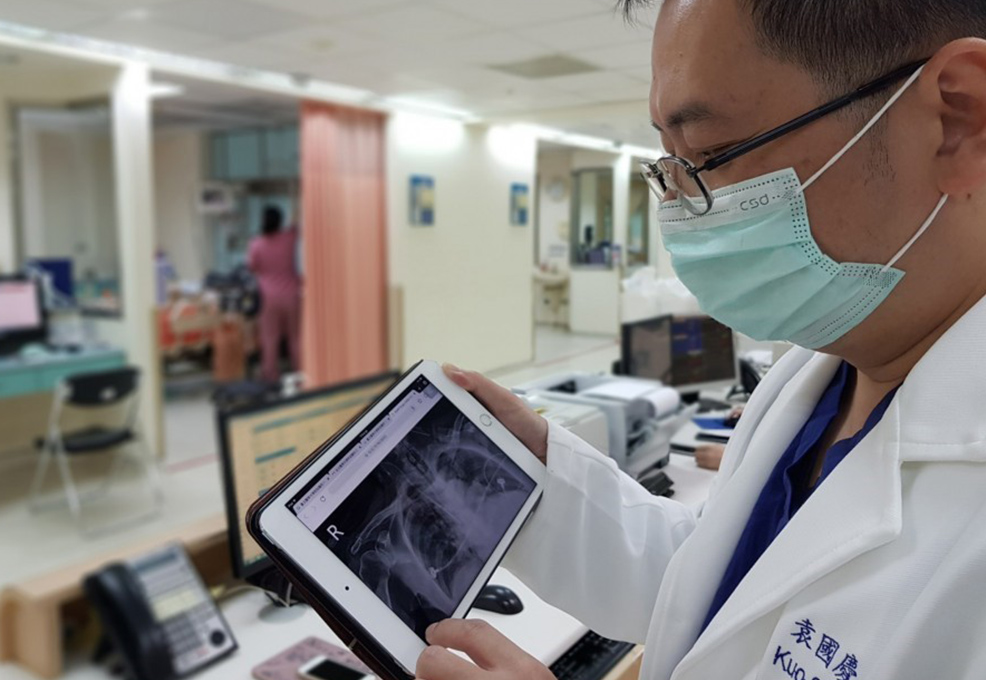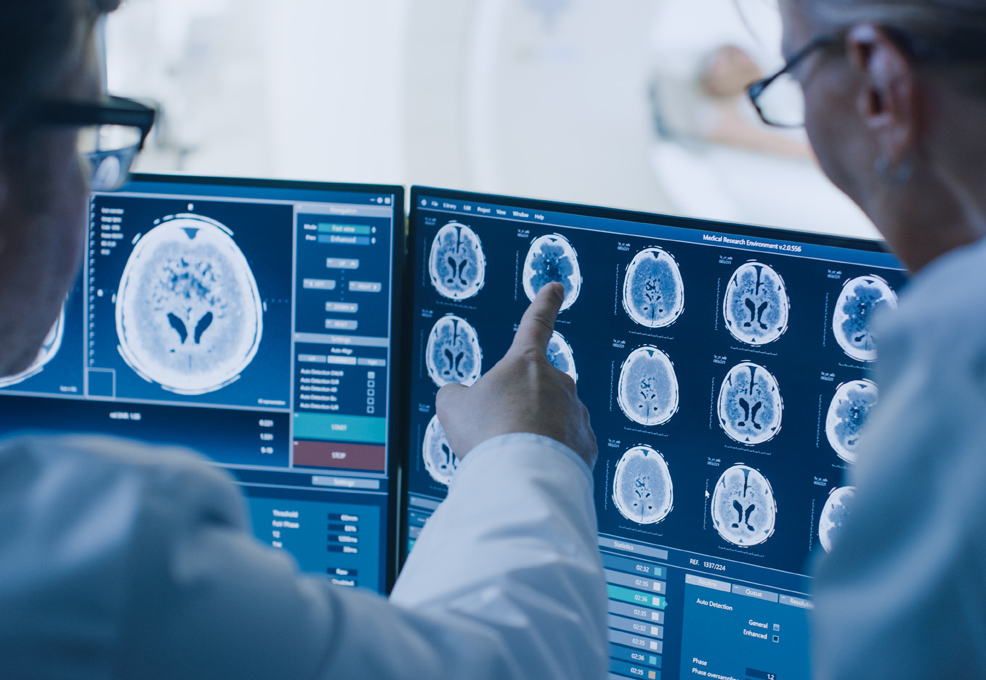The Treacherous COVID-19 Journey – Crisis and Turnaround
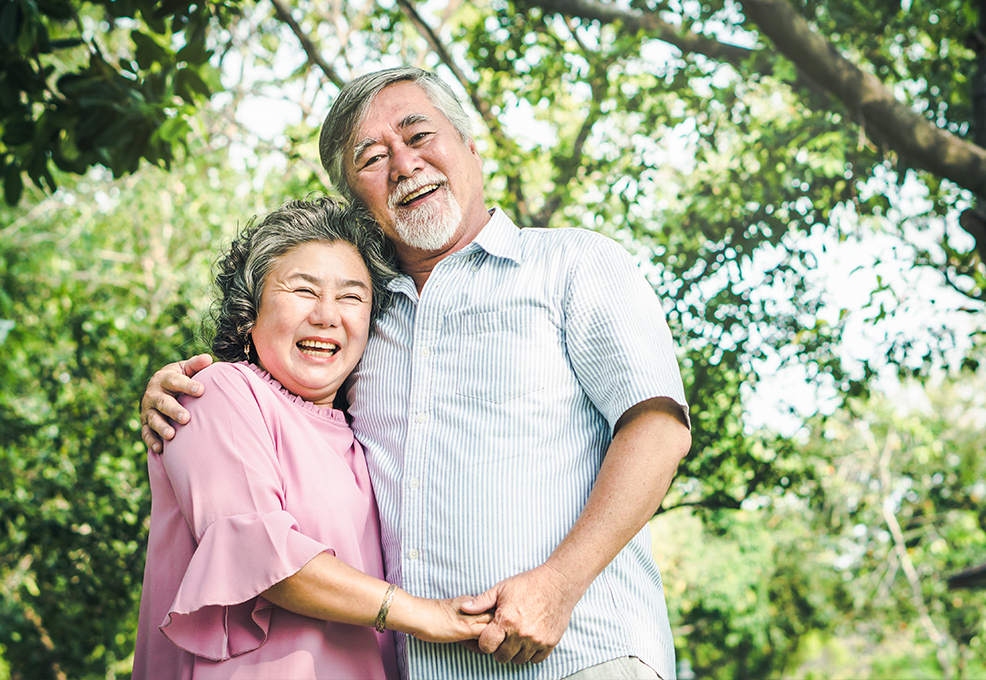
Author(s)
Chih-Mao HuangBiography
Prof. Chih-Mao Huang is the Principal Investigator of the Brain and Cognitive Sciences Laboratory at the Department of Biological Science and Technology, National Chiao Tung University, Taiwan. He obtained his Ph.D. in Psychology from the University of Illinois at Urbana-Champaign, USA. His professional interests include cognitive, social, clinical and computational neuroscience of aging.
Academy/University/Organization
National Chiao Tung University-
TAGS
-
Share this article
You are free to share this article under the Attribution 4.0 International license
- LIFE SCIENCES
- Text & Image
- June 21,2020
Biological aging faces the potential storm of physiological and psychological deterioration that can heavily impact individuals’ ability to perform everyday cognition and behavior. While there is a large amount of work on age-related neurodegenerative and mental disorders, it is often conceptualized from the genetic, biochemical, and clinical perspectives, and less from the cognitive, psychological, and social sides. This one-sided depiction of aging limits how a society views the healthy aging process for building sustainable age-friendly communities, and limits the elderly’s maintenance of vital components for staying active and aging gracefully. We propose that the functional brain ages in a predictive, adaptive, and dynamic way, declining in some features but maintaining the ability to engage compensatory neural functions. As is typical of the cognitive, social, and clinical neuroscience approach, our research involves the integration of several advanced human neuroimaging techniques such as diffusion tensor imaging (DTI) and functional magnetic resonance imaging (fMRI). Our DTI findings provide evidence to support the white matter retrogenesis hypothesis that the last brain regions phylogenetically and ontogenetically to myelinate are the first to decline with normal aging processes, and age-related cognitive decline and preservation may stem from individual differences in white-matter fiber integrity. By using fMRI, we further demonstrated that education and lifelong language experiences could facilitate the flexibility and efficiency of the neurocognitive abilities to protect against age-related neurocognitive declines in healthy aging and late-life depressive adults. Furthermore, we found that daily exercise improves frontal-associated executive function and hippocampus-related spatial memory performance, as well as scaffolding compensatory brain activation in late middle-aged adults. These results have provided a rich picture of the brain network and the neural mechanisms that underlie neurocognitive aging and individual differences, thus identifying neural signatures that are characteristic of a healthy aging mind and helping to develop effective interventions to preserve or improve brain capacity with aging. We conclude that the aging brain retains considerable functional plasticity and is adaptive in response to cognitive challenges posed by structural deterioration, even in advanced age.
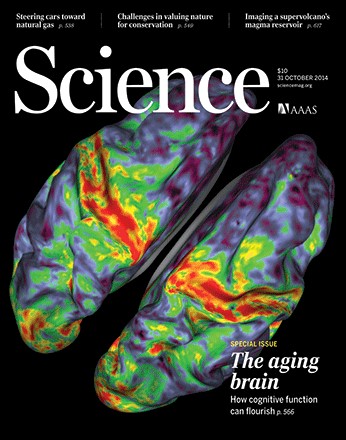
Source:https://www.scribd.com/document/265707323/Science-October-31-2014
“How do we deal with a stubborn aging parent?”, “How does biological aging affect my grandmother’s memory and spatial navigation?”, “How do we maintain or improve cognitive skills in old age?” These questions have become important since Taiwan is experiencing substantial increases in the proportion of elderly adults in the population, as are other highly developed countries around the world, due to declining fertility rates and increased life expectancy. To illustrate, in 2018, adults over the age of 65 represented 14% of the population, resulting in a situation of an “aged society” in Taiwan. The financial burdens of medical care strike all age ranges. However, this distribution is heavily skewed towards those in the later years. Older adults face the potential storm of physiological and psychological deterioration that can heavily impact the ability to perform everyday tasks. While there is a large amount of work on age-related neurodegenerative and mental disorders, it is often conceptualized from the genetic, biochemical, and clinical perspectives, and less so from the cognitive, psychological, and social sides. This one-sided depiction of aging limits how society views the healthy aging process to build sustainable age-friendly communities, and limits the elderly’s maintenance of vital components for staying active and aging gracefully.
Biological aging is a process that occurs in a unique manner with each individual. It is a multi-dimensional process whereby the individual’s functional and health status are influenced by a variety of genetic, environmental, and social factors, resulting in highly variable behavioral, cognitive, and brain changes within aged populations. The overarching goal of our research is to understand how the mind, behavior, and brain change and adapt as we age. We are particularly interested in the effects of biological aging (e.g., changes in anatomy, neurochemistry, and genetics) and external experience (exercise, language practice, and social engagement) on behavioral cognition, as well as how these two factors interact with each other at the neurocognitive level over the human lifespan. As is typical of the cognitive, social, and clinical neuroscience approach, our research involves the integration of several advanced human neuroimaging techniques such as structural and functional magnetic resonance imaging (fMRI), and diffusion tensor imaging (DTI).
The knowledge of the connectivity change of the aging brain is essential to understand the age-related and individual differences in mental, behavioral, and neurocognitive functions across the human lifespan. By utilizing the DTI technique, a non-invasive brain imaging technique that measures the structural integrity of white matter (WM) tracts by visualizing water diffusion characteristics in the brain, we calculated the values of fractional anisotropy to measure the degree of anisotropic diffusion of water molecules along the axis of the axonal pathway and to examine the effects of age-related alternation in micro-structural WM integrity on cognition. We demonstrated the brain-behavior associations between changes in the WM integrity and age-related cognitive decline, with the WM fiber integrity of the anterior portion of the corpus callosum mediating individual differences in visuospatial performance in healthy older adults (Fan et al., 2019; Figure 1). Our findings provide supportive evidence for the white matter retrogenesis hypothesis that the last brain regions to myelinate (phylogenetically and ontogenetically) are the first to decline with normal aging processes, and the causal roles of WM neural fibers integrity in age-related cognitive decline and preservation.
We further investigated whether and how cognitive-reserve (CR) factors such as education and lifelong language experience could protect against age-related neurocognitive declines in healthy aging (C.M. Huang & H.W. Huang, 2019). The CR hypothesis has been proposed to suggest that mentally stimulating activities may provide cognitive reserve, an active process that facilitates the flexibility and efficiency of the neurocognitive abilities and a protective mechanism that increases the brain’s capacity to cope with pathology in the elderly, suggesting potential ways to maintain successful aging. By conducting fMRI, we found that older adults with higher levels of education and better verbal abilities presented with milder degrees of depression, better behavioral performance and stronger neural activity in the middle frontal gyrus (MFG) involved with exercising cognitive control and affective regulation. Our neuroimaging findings also provide supportive evidence that CR implies efficiency of top-down emotional regulation and operates as a protective factor against emotional and cognitive vulnerability in aging brains (Huang et al., 2019). Moreover, the findings have important implications for the development of continuous education and the design of lifelong learning platforms for aged populations.
So, how do we select programs or interventions to promote cognitive and brain health for the elderly? In another fMRI investigation, we demonstrated that exercise promotes cognitive health, improves frontal-associated executive function and hippocampus-related spatial memory performance, as well as enhancing compensatory brain activation in late middle-aged adults. More interestingly, the older adults who practiced open-skill exercise experience (e.g., basketball, table tennis, and badminton) exhibited greater prefrontal and hippocampal activation than those with closed-skill exercise experience (e.g., jogging, cycling, and swimming) (Chen et al., 2019). Our findings inform the selection of targeted activities for future exercise programs and interventions for the elderly.
These results have provided a rich picture of the brain network and the neural mechanisms that underlie neurocognitive aging and individual differences, thus identifying neural signatures that are characteristic of a healthy aging mind, and helping to develop effective interventions to preserve or improve brain capacity with aging. We conclude that the aging brain retains considerable plasticity of function and is adaptive in response to cognitive challenges posed by structural deterioration, even in advanced age.
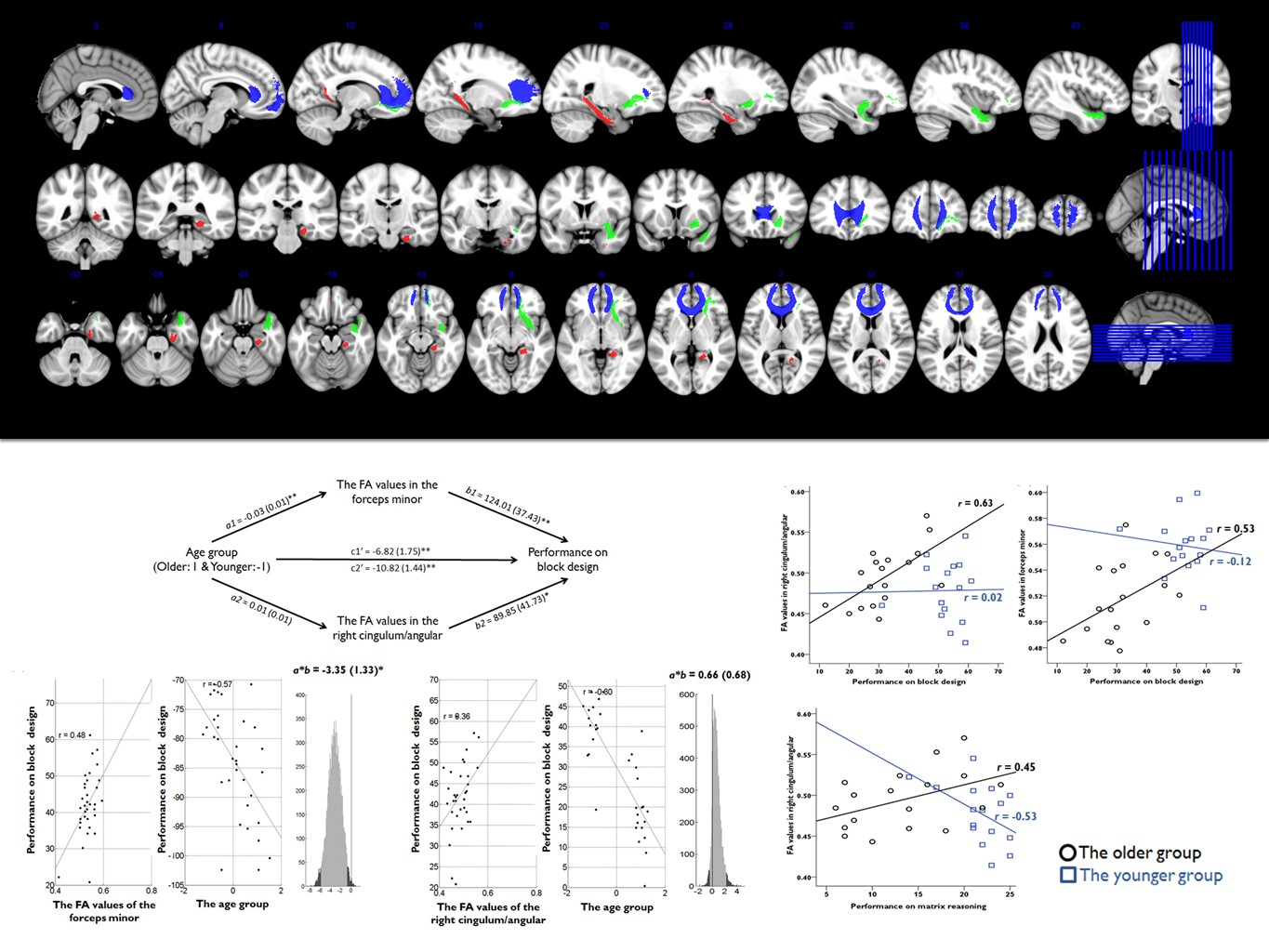
Figure 1. The regions of white matter fiber bundles which show significant age-related differences in microstructural integrity. Correlational and mediation analysis results showing the brain-behavior associations (adapted from Fan et al., 2019)
STAY CONNECTED. SUBSCRIBE TO OUR NEWSLETTER.
Add your information below to receive daily updates.


